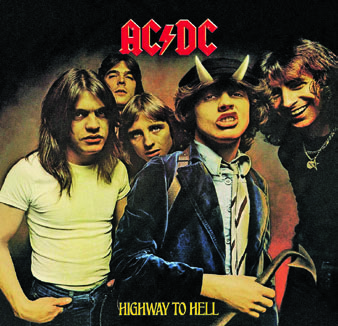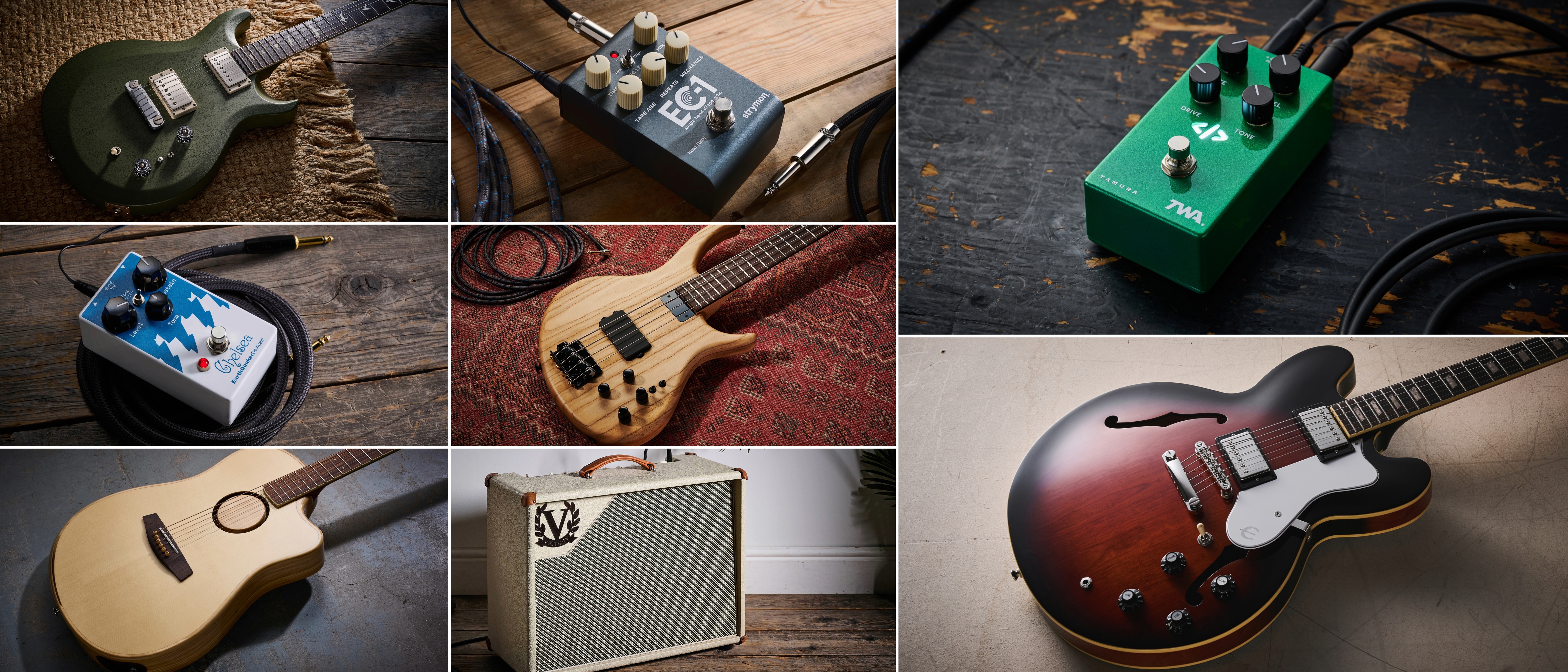What to Remember When Performing AC/DC's "Touch Too Much"

When playing through the pre-chorus and chorus of “Touch Too Much” (see sections C and D in the transcription), you’ll notice that guitarists Angus and Malcolm Young will often strum two or more open strings just before changing chords (as in bar 14, for example). Using open strings in this way—playing what may be called the “all-purpose passing chord”—buys you valuable extra time to move your fretting fingers to the next chord in a progression without having to jump to it in the blink of an eye.
This practice not only helps produce more natural and relaxed-sounding rhythms, it also adds a bit of dissonance and musical “dirt” to the proceedings, which can help create a “heavier” and more rock-and-roll guitar sound without resorting to using tons of distortion or other effects. When performing these open-string passing chords, you needn’t be overly concerned about hitting the exact same strings shown in the tablature, as the notes go by quickly and are more felt than heard.
Their contribution is more rhythmic and tonal in nature than melodic, and as such, it’s not uncommon for guitarists to randomly vary which open strings they strum during any particular chord transition. And, as is often the case in rock music, the open notes “agree with” the key of the song and don’t sound the least bit odd.
On the recording of “Touch Too Much,” all the instruments sound slightly flat of concert pitch, most likely due to a deliberate slowing of the master tape speed, a common studio production technique used to make a recording sound “heavier.” In order to play along, you’ll need to tune your guitar or bass approximately 28 cents flat (a little more than an eighth tone, or eighth step).
For Jeff Perrin's tab of "Touch Too Much," check out the April 2018 issue of Guitar World.
All the latest guitar news, interviews, lessons, reviews, deals and more, direct to your inbox!
